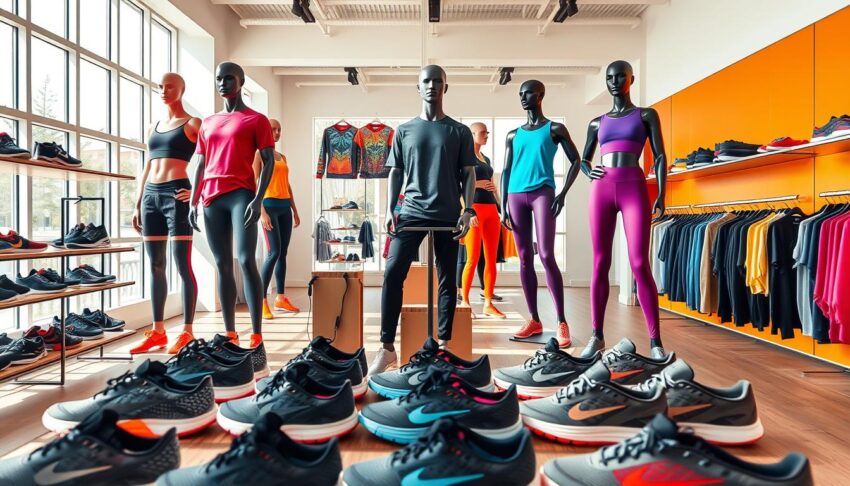The global sportswear market is witnessing a significant surge, driven by the increasing demand for high-performance and stylish athletic wear.
With numerous options available, identifying the best top sportswear brands can be challenging. This comprehensive guide explores the leading brands that have established themselves as industry leaders through innovation, quality, and style.
These brands cater to both men’s and women’s needs, offering a range of products from performance-focused technical fabrics to fashion-forward designs.
Key Takeaways
- The top sportswear brands are constantly evolving to meet the demands of both professional athletes and everyday fitness enthusiasts.
- Leading brands prioritize innovation, quality, and style to stand out in the competitive market.
- Understanding the unique selling points of each brand helps in making informed decisions when investing in athletic apparel and footwear.
- The best brands offer a range of products catering to different needs and preferences.
- High-performance and stylish sportswear is in increasing demand.
The Evolution of Sportswear Brands
Sportswear brands have evolved remarkably, changing how we perceive athletic wear. This transformation reflects a broader shift in consumer behavior and fashion trends.
From Functional to Fashionable
The sportswear industry has transitioned from creating purely functional athletic wear to designing fashion-forward apparel that’s worn both in and out of the gym. Early sportswear brands focused on performance and durability, with little attention to style. However, as athletic wear began crossing over into mainstream fashion, the “athleisure” trend emerged, dominating today’s fashion landscape.
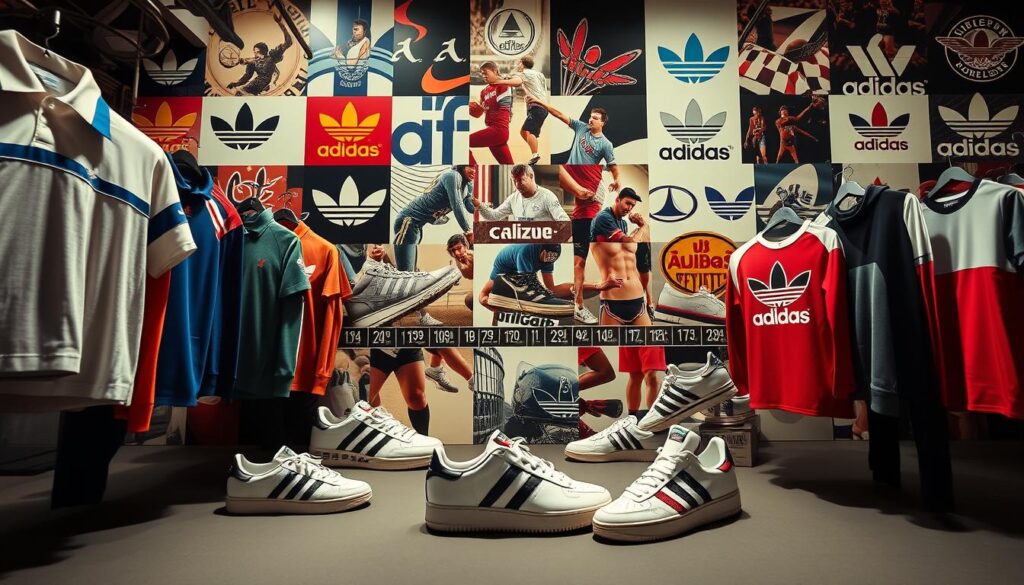
The Growing Global Market
The global sportswear market continues to grow, with major brands expanding their reach worldwide. This growth is fueled by increasing health consciousness, fitness trends, and the acceptance of casual athletic apparel in various social settings. As a result, sportswear brands now balance performance technology with contemporary design elements, creating products that serve both athletic and lifestyle purposes across the world.
What Makes a Top Sportswear Brand Stand Out
What sets leading sportswear brands apart is their commitment to technological innovation, superior materials, and distinctive designs. These elements combine to create products that deliver both performance and style.
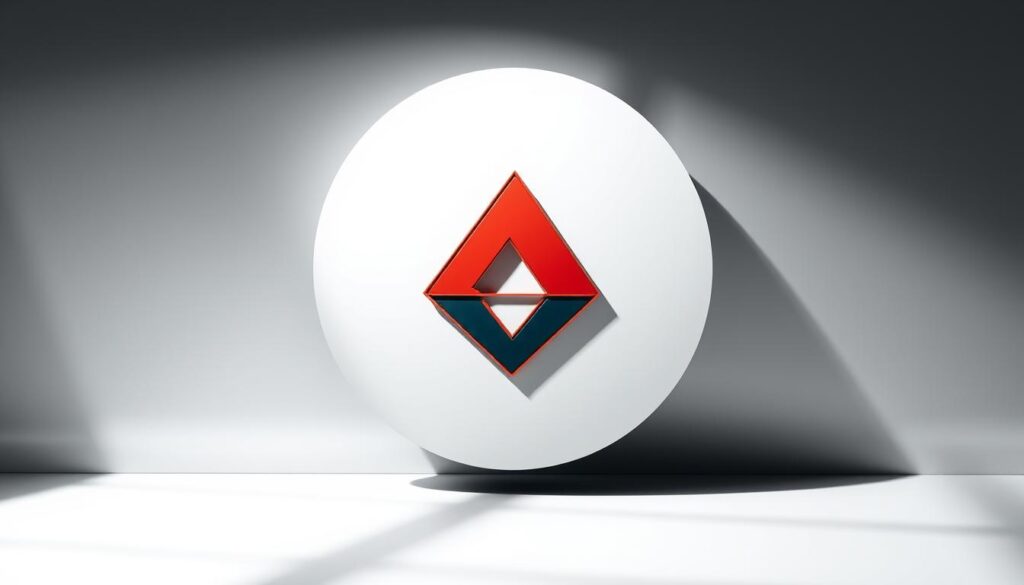
Innovation and Technology
Innovation in fabric technology is a key differentiator for top sportswear brands. They invest heavily in research and development to create materials that enhance athletic performance.
Quality and Durability
Quality and durability are essential factors, as consumers expect sportswear to withstand intense physical activity and frequent washing without losing shape or functionality.
Style and Design Appeal
Style has become increasingly important as sportswear crosses into everyday fashion. Distinctive design elements help brands create recognizable visual identities, striking a balance between performance-enhancing features and contemporary style.
- The most successful sportswear brands distinguish themselves through a combination of cutting-edge technology, superior quality, and appealing design aesthetics.
- Innovation in fabric technology enhances athletic performance.
- Quality and durability remain essential for consumer satisfaction.
- Style and design appeal are crucial for brand recognition.
Nike: The Industry Leader

With a rich history and commitment to innovation, Nike stands out as a premier sportswear brand. Founded in 1964 as Blue Ribbon Sports by Bill Bowerman and Phil Knight, Nike officially became Nike, Inc. in 1971. The brand is named after the Greek goddess of victory, reflecting its mission to bring inspiration and innovation to every athlete in the world.
Brand History and Market Position
Nike has grown from a small distributor of Japanese running shoes to the world’s largest athletic apparel company. In 2023, Nike reported revenues of $44.5 billion, underscoring its strong market performance and consumer demand. The brand’s value transcends athletic wear, permeating global culture.
Signature Products and Technologies
Nike’s signature technologies, including Air, Flyknit, and Dri-FIT, have revolutionized athletic performance across multiple sports categories. These innovations have not only enhanced the performance of athletes but also influenced the broader sportswear industry.
Men’s and Women’s Collections
Nike maintains separate but equally innovative collections for men and women, with an increasing focus on women’s-specific designs and technologies. The brand’s partnerships with elite athletes across various sports have cemented its position as the premier sportswear brand for serious competitors.
The Nike brand is characterized by its iconic Swoosh logo and “Just Do It” slogan, universally recognized symbols of athletic excellence and innovation. With a commitment to constant innovation and powerful marketing strategies, Nike continues to lead the sportswear market.
- Nike has established itself as the undisputed leader in the sportswear industry.
- The brand’s signature technologies have revolutionized athletic performance.
- Nike maintains separate collections for men and women.
- Nike’s partnerships with elite athletes have helped cement its position.
- With annual revenue exceeding $44 billion, Nike leads the market through innovation.
Adidas: The Three Stripes Legacy
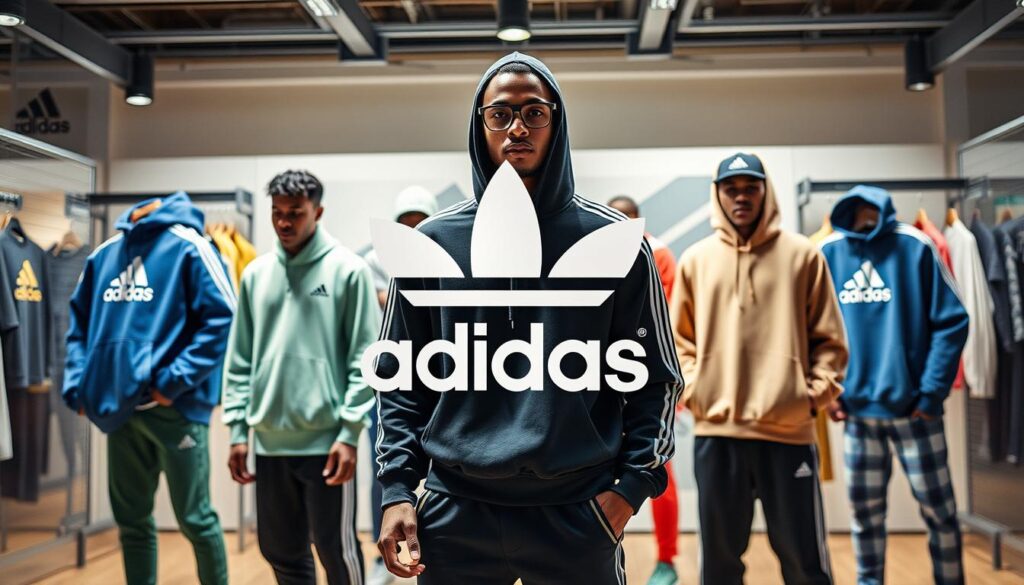
The Adidas brand, recognized globally for its three-stripes logo, has been at the forefront of sportswear innovation since its inception. Founded by Adolf Dassler in Herzogenaurach, Germany, Adidas quickly gained popularity for its innovative sports shoes.
German Engineering in Sportswear
Adidas represents German precision engineering applied to athletic performance wear. The brand’s methodical approach to product development and attention to detail in design and construction are testaments to its heritage.
Innovative Technologies and Materials
Adidas has pioneered numerous technological innovations, including the Boost cushioning system and Primeknit adaptive fabrics. These advancements enhance athletic performance and comfort.
Popular Lines for Both Genders
Popular lines like Originals, Performance, and collaborations with designers like Stella McCartney and Yeezy appeal to diverse consumer segments across genders. Adidas balances performance functionality with street-style appeal, making it a favorite among athletes and fashion-conscious consumers alike.
Puma: Blending Performance and Style
Puma has established itself as a leading sportswear brand by combining high-performance athletic wear with stylish designs. Founded by Rudolf Dassler in 1948, Puma has a rich history that reflects the competitive nature of the sportswear industry.
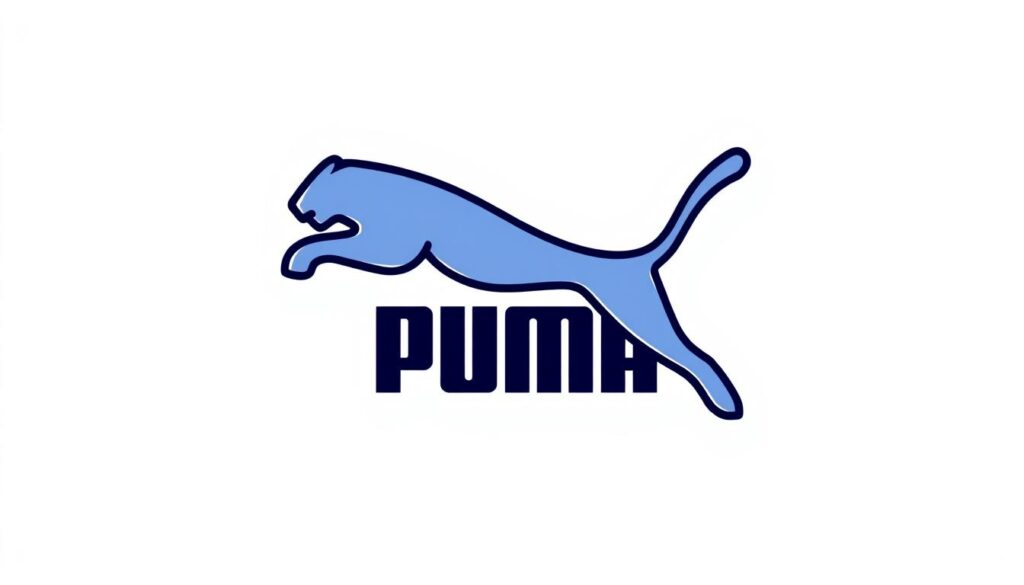
Brand Evolution and Market Position
Puma has evolved from a soccer shoe manufacturer to a comprehensive sportswear company, offering products across multiple sports categories. Its commitment to performance and style has enabled it to carve out a unique position in the market.
Signature Technologies and Products
Puma’s signature technologies include NITRO foam cushioning and PROFOAM midsoles, which enhance athletic performance. The brand’s innovative products have made it a favorite among athletes and style enthusiasts alike.
Men’s and Women’s Offerings
Puma maintains distinct but complementary offerings for men and women, with an increasing emphasis on women’s-specific designs and fits. The brand’s collaborations with celebrities and designers have helped position it as a style-conscious sportswear option.
Under Armour: Performance-Driven Innovation
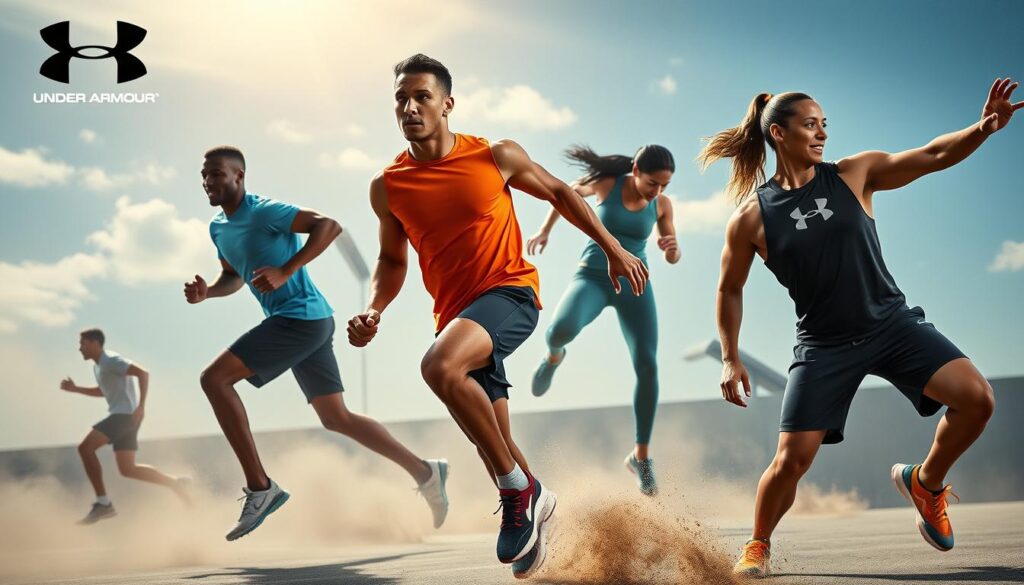
Under Armour has revolutionized the sportswear industry with its innovative approach to performance apparel. Founded by Kevin Plank in 1996, the brand focused on creating a better T-shirt that provided compression and wicked sweat away from the skin.
The Rise of a Modern Brand
Under Armour represents a new generation of sportswear brands, solving specific performance problems for athletes. The brand’s first compression shirt addressed the issue of sweat-soaked cotton shirts during athletic performance.
Technical Fabrics and Performance Gear
Under Armour’s technical fabrics, including HeatGear, ColdGear, and AllSeasonGear, enhance performance in various environmental conditions. These innovations have led to a comprehensive range of athletic apparel, footwear, and accessories.
Gender-Specific Performance Solutions
The company has developed gender-specific compression gear and performance solutions addressing the unique physiological needs of male and female athletes. This focus on performance has made Under Armour a leader in the sportswear industry.
Lululemon Athletica: Yoga-Inspired Excellence
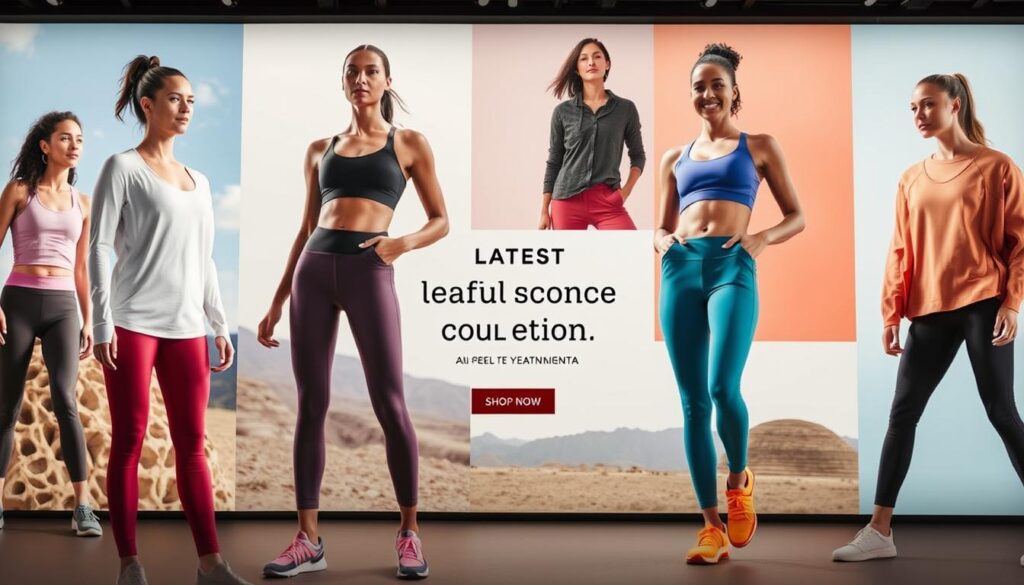
With its roots in yoga wear, Lululemon Athletica has expanded into a global sportswear brand. Founded by Chip Wilson in Vancouver, British Columbia, the company has grown significantly since its inception in 1998.
From Yoga Studio to Global Brand
Lululemon Athletica began by targeting female yoga practitioners with high-performance apparel. Over time, it has transformed into a global athletic apparel powerhouse known for its premium quality and technical innovation.
Fabric Innovations and Product Quality
The brand is renowned for its proprietary fabrics, including Luon, Nulu, and Everlux, which have set new standards for performance comfort and durability in athletic apparel. Lululemon’s commitment to product quality is evident in its rigorous testing processes and attention to detail in construction and design.
Expanding Beyond Women’s Apparel
Initially focused on women’s yoga wear, Lululemon has successfully expanded into men’s apparel, running gear, and everyday lifestyle clothing. The brand has also created a strong community through in-store yoga classes, run clubs, and other fitness-focused events.
Lululemon Athletica’s premium pricing strategy reflects its positioning as a luxury athletic apparel brand that delivers exceptional performance and longevity. The brand continues to be a leader in the sportswear industry, known for its high-quality, stylish, and functional products that boost athletic performance and comfort.
New Balance: Comfort and Performance Combined
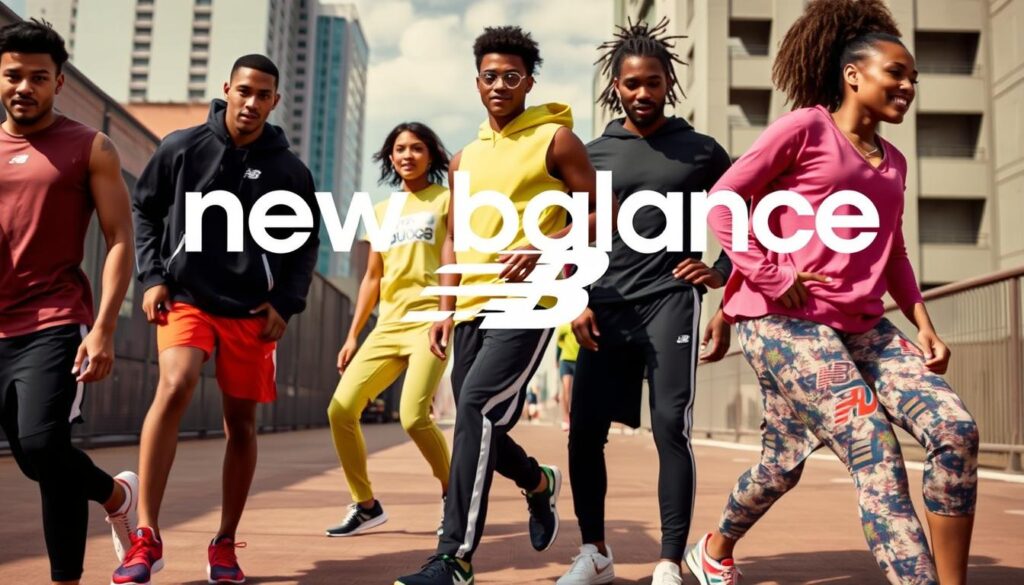
Founded in 1906, New Balance began its journey with arch supports and orthopedic shoes, eventually becoming a renowned sportswear brand. The company’s commitment to comfort and performance has been the driving force behind its success.
Heritage and Manufacturing Philosophy
New Balance stands apart in the sportswear industry with its commitment to domestic manufacturing and focus on performance comfort across a wide range of sizes and widths. With manufacturing facilities in the United States and United Kingdom, the brand emphasizes quality control and craftsmanship.
Footwear Excellence and Apparel Range
New Balance’s footwear excellence is built on technologies like Fresh Foam and FuelCell that deliver superior cushioning and energy return. The brand’s apparel range has expanded to include performance wear for running, training, and everyday use, all designed with the same comfort-focused philosophy.
Inclusive Sizing and Fit Options
The brand is renowned for offering the most comprehensive range of width options in athletic shoes, making proper fit accessible to more consumers. New Balance’s commitment to inclusive sizing reflects its understanding that athletic performance begins with properly fitted footwear.
By combining performance comfort with a wide product range, New Balance continues to be a leader in the sportswear industry. The brand’s focus on comfort and quality manufacturing practices has earned it a loyal customer base.
The North Face: Outdoor Performance Leaders
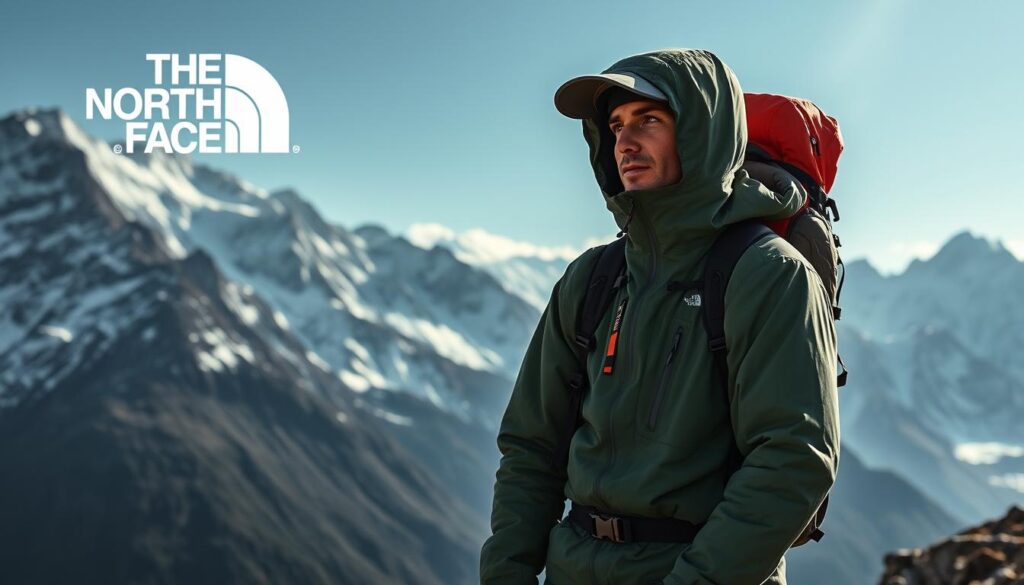
With a rich history in mountaineering, The North Face has established itself as a leader in the outdoor sportswear market. Founded in 1966 by Douglas Tompkins and Susie Tompkins Buell in San Francisco, California, the brand started as a small mountaineering retail store and quickly expanded into making high-performance outdoor gear.
From Mountain Gear to Urban Fashion
The North Face has successfully bridged the gap between technical mountain gear and urban streetwear. Its journey from specialized mountain gear to widely adopted urban fashion represents one of the most successful crossovers in the sportswear industry.
Weather-Resistant Technologies
The brand’s weather-resistant technologies, including FUTURELIGHT breathable-waterproof fabric and ThermoBall synthetic insulation, set new standards for outdoor performance. These innovations have made The North Face apparel a staple for both outdoor enthusiasts and urban dwellers.
Men’s and Women’s Adventure Apparel
The North Face offers a comprehensive range of men’s and women’s adventure apparel, including specialized gear for mountaineering, hiking, running, skiing, and everyday outdoor activities. Iconic products like the Denali fleece and the Mountain jacket have become staples in both outdoor performance and urban fashion contexts.
The North Face maintains a strong commitment to environmental sustainability while continuing to innovate with performance-focused technologies. This commitment to quality, performance, and sustainability has solidified The North Face’s position as a leader in the outdoor sportswear industry.
Emerging Sportswear Brands to Watch
As the sportswear market continues to grow, emerging brands are seizing opportunities to differentiate themselves through innovation and sustainability. These new entrants are challenging established players with fresh approaches and specialized offerings that cater to specific athletic needs.
Innovative Newcomers
Emerging sportswear brands are finding success by focusing on niche markets that larger brands might not fully address. They leverage direct-to-consumer business models and social media marketing to build loyal communities without massive advertising budgets. Innovative materials and manufacturing techniques are also helping these brands stand out in a crowded market.
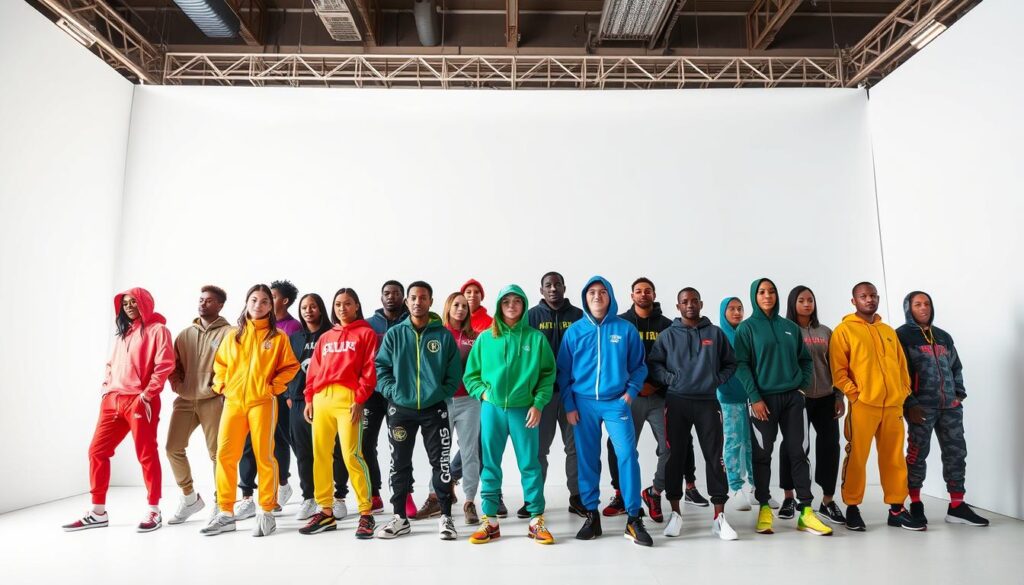
Sustainable and Ethical Brands
Many emerging brands are building their identities around sustainability and ethical manufacturing. They are pioneering the use of recycled materials, organic fabrics, and transparent supply chains, appealing to increasingly eco-conscious consumers. The success of these brands is pushing larger sportswear companies to reconsider their approaches to innovation, sustainability, and consumer engagement.
How to Choose the Right Sportswear Brands
The process of choosing the ideal sportswear brand involves considering several key factors. With numerous brands available, each excelling in different areas, making an informed decision is crucial.
Matching Brands to Your Athletic Needs
Different sportswear brands specialize in various athletic activities. For instance, some brands are renowned for their high-performance running shoes, while others excel in yoga apparel or outdoor gear. Understanding your primary athletic needs will help you narrow down the brands that best cater to your requirements.
Quality vs. Price Considerations
The relationship between quality and price varies significantly across brands. While some brands offer premium products at higher price points, others provide value-oriented options without compromising on quality. It’s essential to strike a balance between your budget and the quality you expect from your sportswear.
Sustainability and Ethical Factors
Many consumers now prioritize sustainability and ethical manufacturing practices when choosing sportswear brands. Look for brands that align with your personal values regarding environmental impact, labor practices, and corporate responsibility.
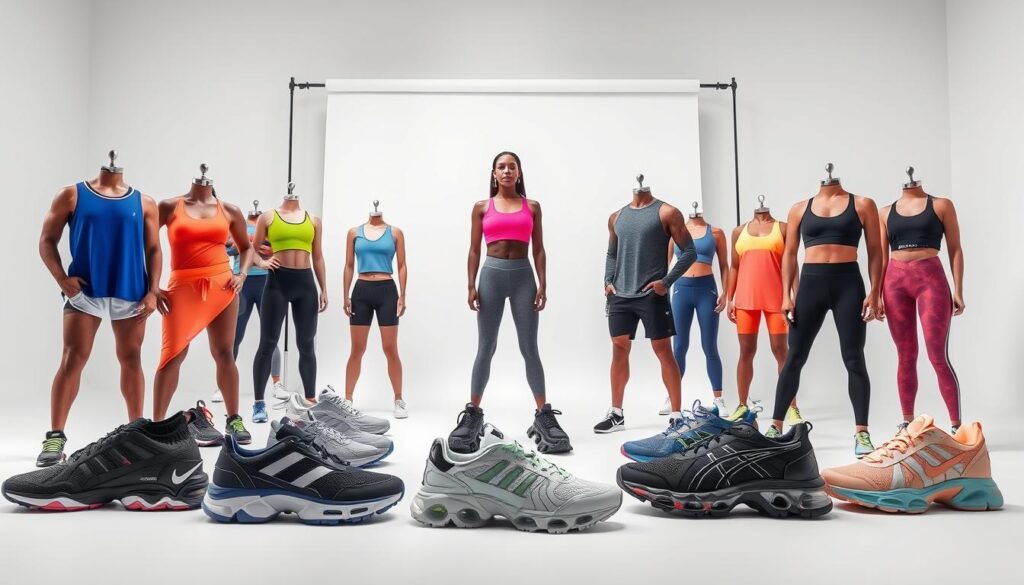
- Consider your specific athletic activities and the technical requirements of your chosen sports.
- Evaluate the brand’s specialization in your primary sport or activity.
- Assess the quality and price relationship to ensure it aligns with your expectations.
- Research the brand’s stance on sustainability and ethical manufacturing.
By considering these factors, you can identify the sportswear brand that best addresses your unique combination of needs and priorities.
The Future of Sportswear Brands
The future of sportswear brands is being reshaped by technological advancements and a growing emphasis on sustainability. As the industry evolves, several key trends are emerging.
Trends in Technology
Technology integration is a major driver, with innovations like smart fabrics that can monitor biometrics and adjust to environmental conditions. Personalization through 3D printing and body scanning is also becoming increasingly important.
- Smart fabrics enhancing performance and comfort
- Personalized products through 3D printing and scanning
- Integration of digital experiences with physical products
Sustainability Initiatives
Sustainability is transitioning from a marketing advantage to a business imperative. Brands are competing to develop eco-friendly materials and processes, with circular economy models emerging as a potential future direction.
- Eco-friendly materials and manufacturing processes
- Circular economy models including take-back programs and recyclable products
- Rental services as a new business model

As sportswear brands continue to innovate, balancing performance with environmental responsibility will be key. The future market will likely see increased specialization alongside a greater emphasis on versatile, multi-functional athletic apparel.
Conclusion
The world of top sportswear brands is rapidly evolving, with established giants and innovative newcomers competing for market share. Top sportswear brands like Nike, Adidas, and Lululemon offer unique strengths, from cutting-edge performance technology to yoga-inspired comfort.
As sustainability becomes increasingly important, forward-thinking sportswear companies are reimagining their supply chains and material choices. Whether you’re a professional athlete or a casual fitness enthusiast, understanding the specializations of different sportswear brands can help you make informed purchasing decisions.
The future of sportswear will be defined by brands that balance performance innovation, style appeal, and environmental responsibility, providing comfort and meeting the demands of the modern consumer.
